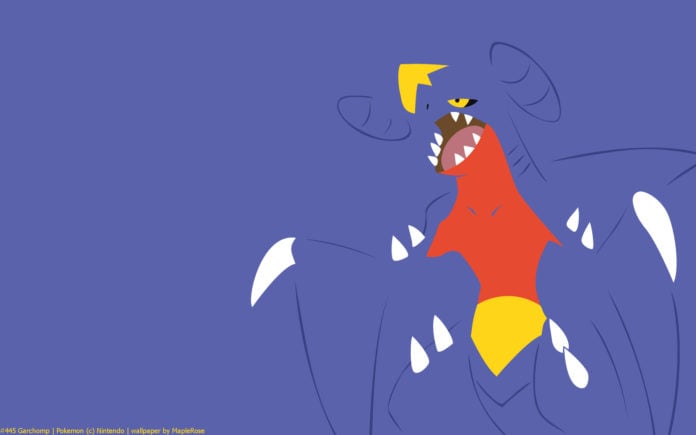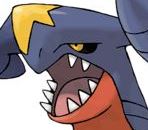 Garchomp
DragonGround
Garchomp
DragonGround
Be it air, land or sea… there’s no escaping from Garchomp!
Garchomp has always been the most popular pseudo legendary Pokémon. It’s not just an opinion but is also evident from the Pokémon of the Year 2020 rankings
Additionally, Garchomp has also been one of the most competitively viable Pokémon in general, having dominated the main series games from its inception to even today, where it was the top Dragon type in the Gen 8 OU tier at the end of 2020.
In Pokémon Go, it is an extremely versatile monster that rampages through both PvP and PvE. And most importantly, Mega Garchomp will be better than every other Dragon and Ground type in the game other than Mega Rayquaza and Primal Groudon.
Garchomp’s popularity, however, is not attributed to its competitive shenanigans alone. Indeed! This land shark dragon has an absolutely intimidating and impactful design that has made it one of the most memorable monsters from the current roster of more than a 1000 Pokémon.
There are countless trainers all across the world who give a lot of importance to a Pokémon’s design (I know I’m one!). Some of these Pokémon may not exactly be ‘powerful’ per se but if the design nails it, then the said Pokémon unanimously goes to the trainer’s team!
And then you have Garchomp…
Typing, competitive viability, stats, status and design. All of these get an affirmative check!
But how well do you know Garchomp? How do its design elements strike you?
Garchomp is my favourite Pokémon and has been my ace in every Pokémon game. Its design has always fascinated me and has served as a welcome addition to its already awe-inspiring traits.
This write-up will present you a detailed overview of this powerful Dragon and Ground type Pokémon and shed light on the various design elements that make up this beast!
Design
So without any further ado, let’s soar into the heights of peek design with Garchomp!
Before anything else, get a load of Garchomp’s design:

Garchomp is famously known as the land shark dragon. So let’s begin with these aspects first.
Shark
More particularly, a Hammerhead Shark with regards to those appendages on its head. Those appendages are known to help Garchomp sense its prey from a long distance, much like the Hammerhead Shark uses sensory organs in its head to help locate prey. Garchomp can do this from underground, on land, in air or underwater! Apex predator for a reason!
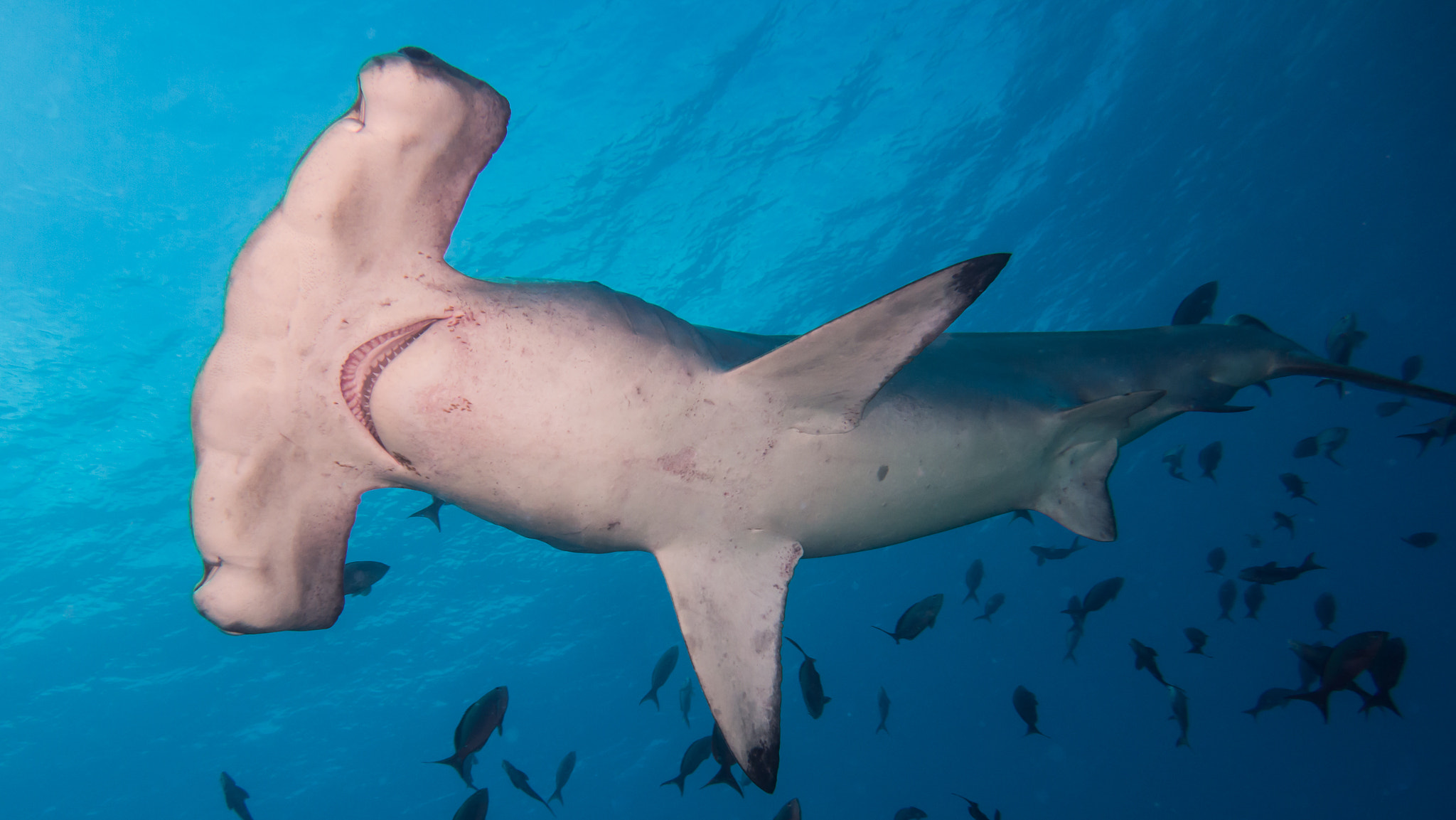
The shark aspect of Garchomp is prevalent right from its time as a Gible. The signature shark dorsal fin, razor-sharp teeth, visible gills and that tail… all make for a badass land shark that ‘swims’ through the sand.
It’s surprising how Garchomp’s shark characteristics establish its Ground typing. And yes, Garchomp can swim in water just like a shark!

Dragon
From the perspective of its primary Dragon, Garchomp is a bipedal Pokémon that has clear draconic traits.
And when it comes to that, Garchomp is more particularly a wyvern. A wyvern is a class of dragons that stand on two legs and have their forelimbs attached to their wings.
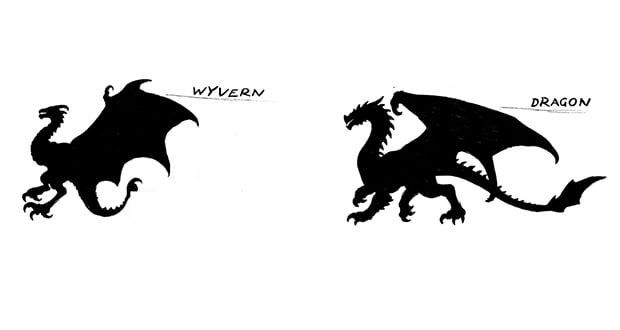
Fun fact: The dragons you have seen in Harry Potter and the Goblet of Fire and Game of Thrones are all Wyverns.
Here’s an amazing representation of a realistic Garchomp as a Wyvern by Jamaal Raoof at ArtStation:

While Garchomp lacks wings per se, its fins serve the flight mechanics needed for it to take off and stay in the air.
Dinosaur
In the world of Pokémon, many dinosaurian designs have been fitted into the Dragon typing. Tyrantrum, Haxorus, Mega Sceptile, Dialga, Palkia… these are some of the most notable Pokémon that have the features of a dinosaur and are Dragon types.
With that being said, Garchomp is reminiscent of the infamous Velociraptors from the Jurassic World franchise due to its claw and stance. To be more specific, Garchomp’s dinosaurian design is based on the theropods (a class of dinosaurs) and more particularly, the Carcharodontosaurus. This name literally translates to “shark-toothed lizard”. And if that wasn’t enough, you should have already guessed that “Garchomp” derives a part of its name from Carcharodontosaurus.

Jet Aircraft
This is probably the most interesting part of Garchomp’s design as you’re going to find out many details that you have probably missed out on.
Before I get into the finer details, let’s understand the design as a whole…
On a bulk level, Garchomp’s basic airplane design mirrors that of the Mikoyan MiG-31 (Foxhound) combat aircraft, judiciously crafted to match that of a shark.
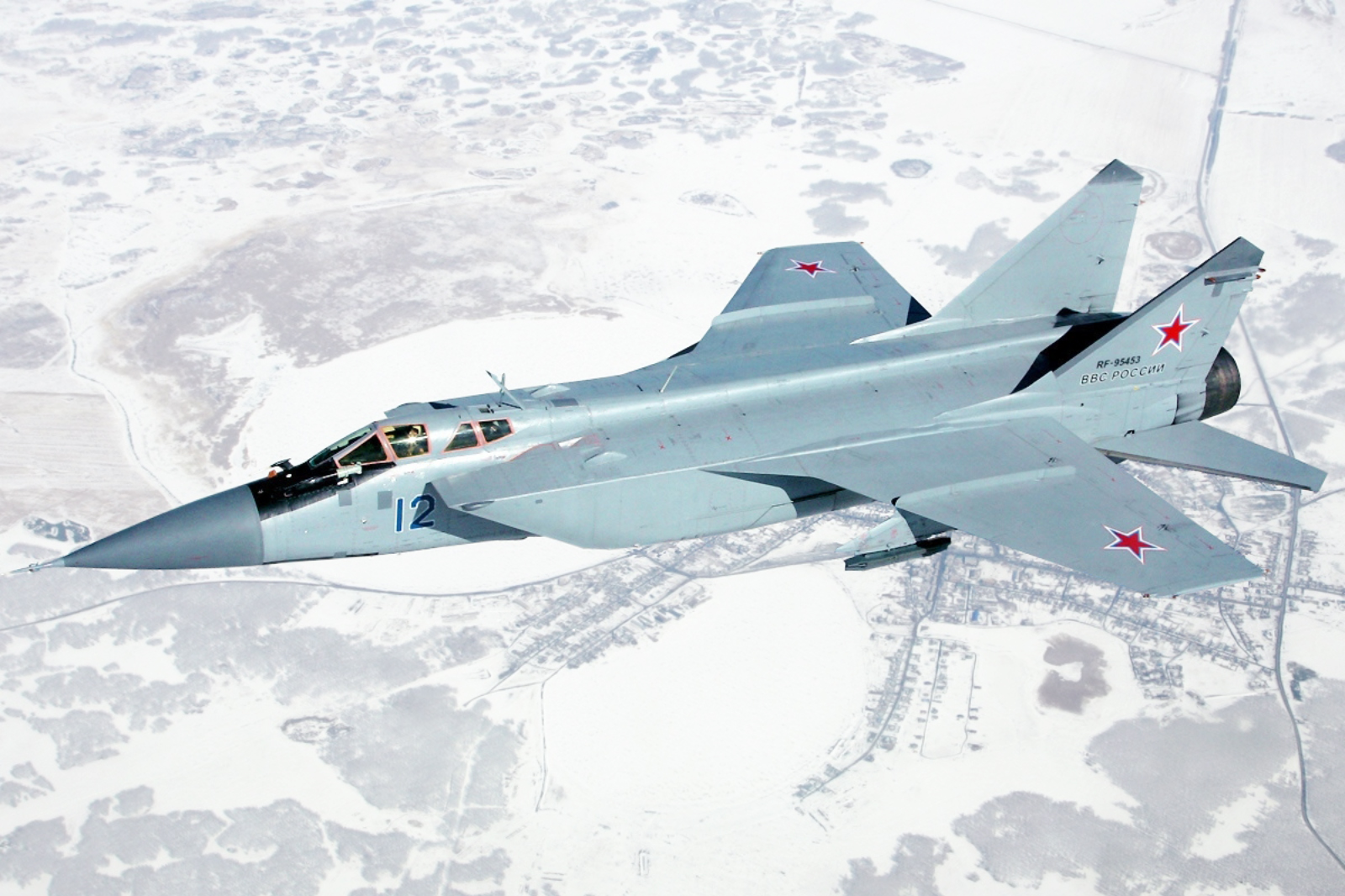

The shark and jet airplane combination give another ingenious detail about Garchomp:
The hammerhead shark appendages on its head look exactly similar to an airplane’s engines. Now, how cool is that!
The Mikoyan MiG-31 Foxhound is a supersonic aircraft that can fly faster than the speed of sound at standard atmospheric conditions (1,236 km/h or 768 miles/hour). When an airplane reaches the speed of sound, it is said to be flying at Mach speed.
That ring a bell?
Indeed! Garchomp is classified as the Mach Pokémon!
If you thought Garchomp’s airplane design is limited to that of a jet aircraft, then you got finer details coming.
Have you ever looked at Garchomp and thought of World War 2?
No?
Let me show you!
Military
This is going to be split into 3 parts…
The Flying Tigers (USA & China)
What if I told you that Garchomp’s shark design can also be traced to the US Air Force and the Republic of China
Unbelievable, right?
Garchomp’s signature ‘shark-face’ and that menacing ‘grin’ marked with razor-sharp teeth is not attributed to a shark alone. In fact, it is an ode to the Flying Tigers aircraft of the US Air Force.
During WW2, a group of American pilots from the United States Army Air Corps, the Navy and the Marine Corps were recruited under President Franklin Roosevelt’s authority to defend the Republic of China against the Japanese forces.
This squadron consisted of Curtis P-40B aircraft that was nicknamed the Flying Tigers
Check out these images of the Flying Tigers yourself and tell me that you literally see Garchomp here!

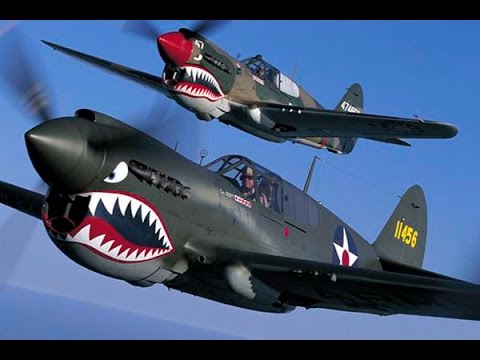
The Hero of the Soviet Union Gold Medal (Russia)
The Russian military forces have been renowned for having red stars on their combat aircraft as a sign of victory.
More particularly, the Hero of the Soviet Union (today, Hero of the Russian Federation) gold medal bears a golden star and is reminiscent of the golden star design on Garchomp’s snout.

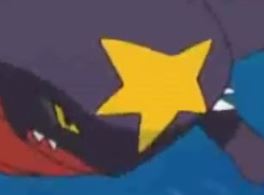
The colour change from red to golden leaves a positive impact on the global Pokémon audience. While the red star was prevalent on combat aircraft during the war, the use of a golden star on Garchomp gives a nod to the airplane aspect and also signifies the bravery associated with the recipients of the Hero of the Soviet Union medal.
To make things all the more interesting, have you ever wondered why Garchomp has developed that ‘star’ in the first place? Well, this can be attributed to Garchomp’s species origins wherein this land dragon started to glide and ‘fly’ at Mach speeds. The gradual impact of the high-speed wind on Grachomp’s frontal area (in this case, Garchomp’s snout) caused burring and with due course of time, formed that star pattern. This is a reflection of Garchomp’s bravery: a land-dwelling species taking flight at speeds that break the sound barrier. Don’t you think Grachomp deserves a medal for this!
Land of the Rising Sun (Japan)
We all know that Japan is widely known as ‘The Land of the Rising Sun’. This moniker is attributed to a significant event in Japan’s history.
One of the Japanese names for Japan is ‘Nihon’. This literally translates to “The sun’s origin” or “The Land of the Rising Sun”.
Japan’s Imperial correspondence with the Chinese Sui Dynasty is responsible for ‘Nihon’. Being located to the east of China, the sun rose in Japan earlier than China and that’s how this perception came around. As such, Japan’s name was changed to Nihon during the 7th or 8th century. It is worth noting that one of the Japanese alphabet is kanji, which was derived from Chinese characters. The kanji for Nihon is ‘origin of the sun’.
It should be noted that Garchomp’s frontal area during the course of flight not only includes its snout but also the abdominal area. The constant exposure to incoming wind at high speeds led to burning, and therefore, the yellow coloration.
Phew! That’s a lot of info.
But how does all of this relate to Garchomp? Well, get a load of this:
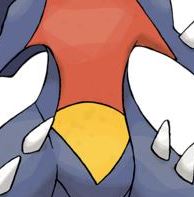
What does this look like to you?
That’s a rising sun.
Fluid Mechanics
Shape
Garchomp’s shark design and the analogy of swimming in the sand reflects hydrodynamics. Similarly, its airplane design reflects aerodynamics.
Both hydrodynamics and aerodynamics fall under the field of fluid mechanics, the study of the mechanics of fluids and the forces associated with them.
For a mechanical engineering major like myself with a penchant for aerodynamics, Garchomp is a treat to behold!
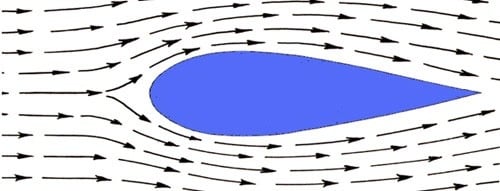
Garchomp, with its shark and airplane aspects, has a streamline body configuration, making it easy for it to navigate through the air, water and in the lore of the Pokémon world, even sand. It is important to understand that sand isn’t a fluid by any means but it ‘flows’. Individual grains of sand are undoubtedly solid. However, sand as a whole ‘behaves’ like a fluid (particularly, the Rayleigh-Taylor (RT) instability). Technical jargon aside, the gist of the matter is that it is not really difficult to imagine Garchomp ‘swimming’ through the sand.
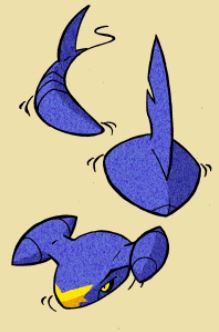
Lift and Drag
When Garchomp starts to glide, its aerodynamic body attains ‘lift’, a force that literally pushes Garchomp into the air and helps it remain airborne. While lift pushes Grachomp upwards, the incoming air resistance (air friction) tries to slow it down. This force is known as ‘drag’ as it literally tries to drag Garchomp backwards.
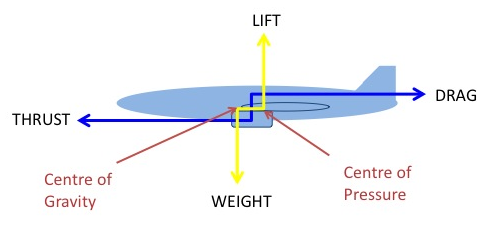
So how does Garchomp move forward and remain stable in the air? Its weight balances out with the lift force and the continuous pressure differentials help to keep Grachomp up. Our dragon then pushes forward with a thrust force that is at least equal to the drag force and ultimately, is able to soar in the skies at Mach speeds.
The appendages attached to Garchomp’s head serve as jet engines: taking in air from its surroundings and using its draconic energy for the combustion of the incoming air. The resulting air mixture, energized by Garchomp inside its appendages, is expelled with a force that helps it propel forward. So, the appendages work like a Ramjet engine.
Air gets sucked in, undergoes combustion through Garchomp’s draconic energy, and is exhausted by the back end. The force of exhaustion that is brimming with draconic energy helps to propel Garchomp forward at high speeds and helps it break the sound barrier. A huge reason why Garchomp is the Mach Pokémon!
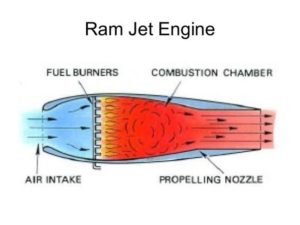
Needless to say, the expulsion force is tremendous and can have a strong recoil force on Garchomp’s head. To compensate for the massive impact of this recoiling force, Garchomp’s neck is reinforced with multiple layers of strong muscle that effectively absorb the impact generated and keeps Garchomp protected. Therefore, the ‘gills’ you see on Garchomp’s neck aren’t really gills. They are, in fact, those reinforced muscles that ensure Garchomp’s neck doesn’t snap at such high speeds.

Rough Skin
Garchomp’s hidden ability is Rough Skin. There’s actually a lot of logic and science behind this.
For one, the presence of surface irregularities can hinder air turbulences. In higher speeds of flight (characteristic of Garchomp), the moving air around a surface causes heavy turbulence which can add high drag (air friction) and tend to impede the movement of Garchomp through the air. However, its ‘rough skin’ nullifies these turbulences to a large extent and helps Garchomp in speeding through the air at Mach speed.
Basically, the contact of fluid molecules with Garchomp’s skin leads to something known as boundary layer separation.
Picture this:
A group of children (fluid molecules) are playing on a slide and every child is eager to slide down. Now at the top of the slide, if a child suddenly feels scared and experiences the ‘pressure’ of sliding down, the child at the back would simply push away the scared child on the front and tend to slide down. This ‘push’ results in a separation of the fluid molecules from their default pattern of movement (here, going down the slide). The scared child pulls at the child behind them and they proceed to flow in this new pattern. The initial smooth flow of the air (laminar flow) undergoes a transition to a chaotic flow of the same air (turbulent flow).
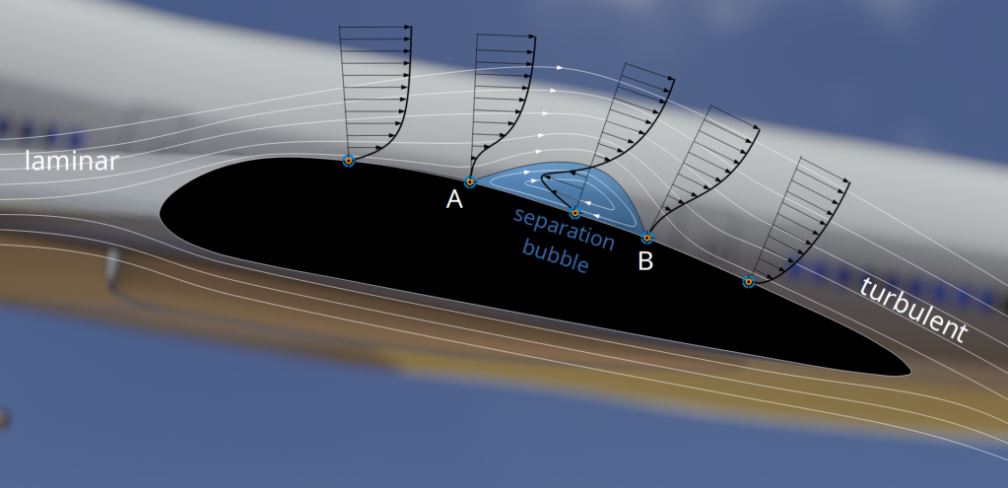
In Garchomp’s case, the pressure differential generated due to the rough skin irregularities paves the way for the incoming fluid molecules from the air to ‘separate’. As a bonus, Garchomp’s natural streamline body shape causes that separation to occur further down its body (at a point where the fluid molecule feels the air pressure difference due to the sudden dip in configuration).
Once the separation occurs, an area of disturbed flow known as wake manifests below the line of separation.
Garchomp’s body shape minimises this wake and its rough skin nullifies the flow disturbances in that region. Score!
Finally, when the incoming high-velocity air suddenly comes in contact with the rough skin irregularities, it generates vortices (mini hurricanes). These vortices create a suction forward in the upward direction and help in ‘pulling’ Garchomp upwards, thereby causing lift.
With a perfect equilibrium of the lift force generated by the wind and the drag force against which Garchomp pushes during flight, this dragon soars high above the sky at blitzkrieg speeds!
This gets even more cooler when we come to the other aspect of Rough Skin…
Sharks!
The skin of a shark might appear smooth but if you look closely, you will find tiny and hard surface irregularities that make up the entire surface area of the shark’s body. And needless to say, contact with a shark’s skin can actually injure its prey.
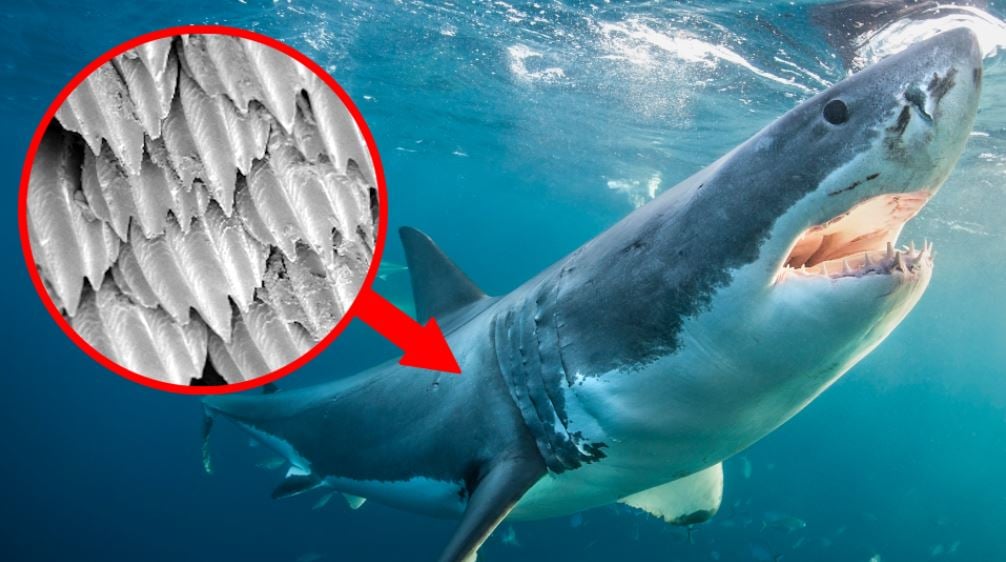
Does this remind you of something? Yes! The functionality of Garchomp’s Rough Skin ability in battle, causing chip damage to physical attacks from its opponent.
BONUS: Here’s a research paper on how aircraft surfaces derived from the rough skin of a shark improves its aerodynamic performance.
Comparing With Other Dragons
Creating Dragon type Pokémon with aircraft designs has been a norm from Game Freak.
Mega Salamence and the Lati@s twins (and their mega evolutions) also have aircraft design elements but they’re honestly pretty lacklustre and one-dimensional.
Garchomp is undoubtedly the inception of peak design in pseudo legendaries and Dragon type Pokémon alike. Nothing makes a Pokémon’s design cooler than having multiple elements and details knit into one amazing pocket monster, and Garchomp just nails it!
A jet aircraft, shark, dragon, dinosaur, world superpowers and loads of physics… how cool can it be!
Fast forward to today’s date and pseudo legendaries like Kommo-o and Dragapult have peak designs on their own right, complemented by various interesting elements.
I’ll probably write articles similar to this one for Kommo-o and Dragapult when they are released in Pokémon Go. I honestly can’t wait for that!
There are 9 pseudo legendary Pokémon at that time of writing this article. And in the current meta of the competitive scene (Gen 8), Garchomp is still the best pseudo legendary. On that note, you can check out my article on Garchomp Meta Analysis for a detailed view into Garchomp and Mega Garchomp’s viability in Pokémon Go!
No matter how many Pokémon come up, Garchomp will always occupy an apex position in the meta and hearts of trainers from all around the world.
Go, Garchomp!

